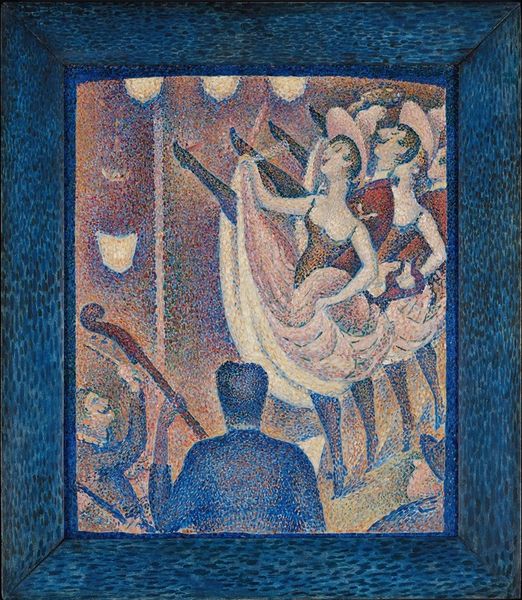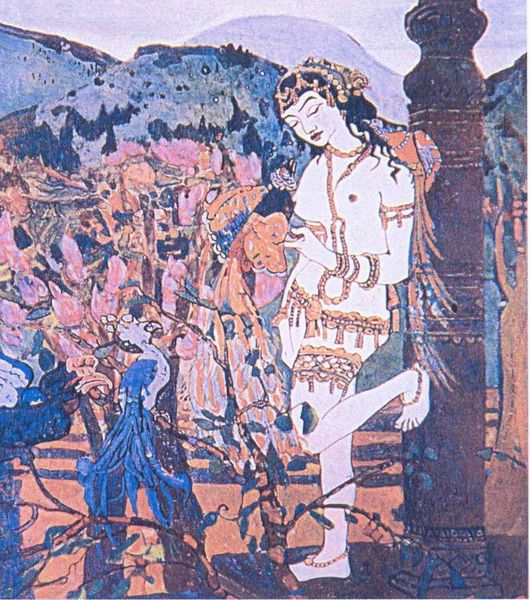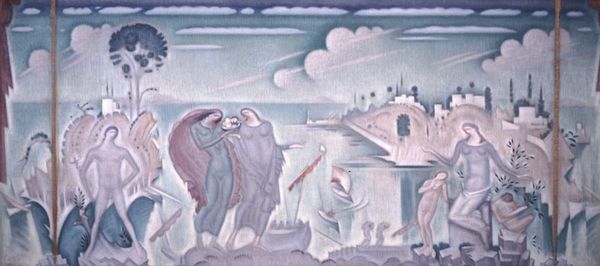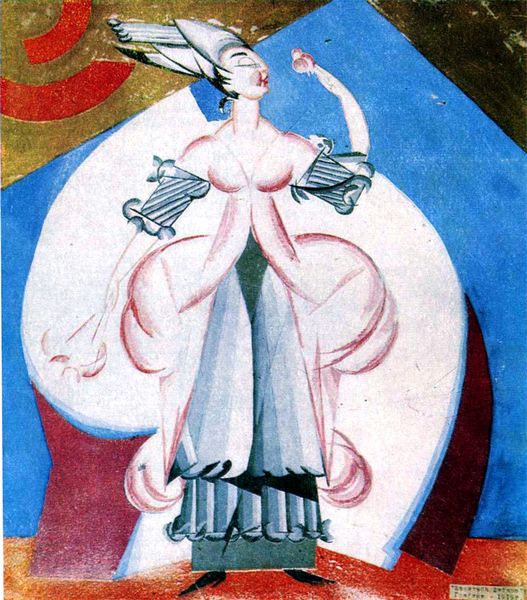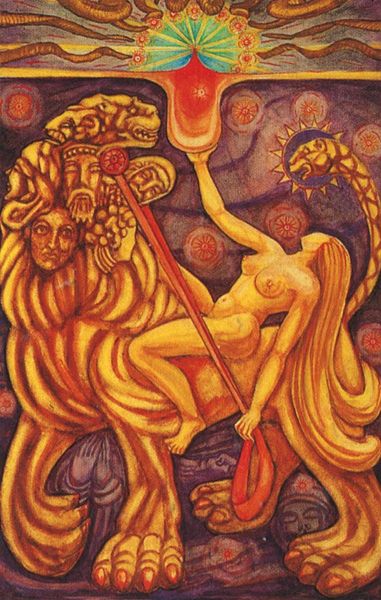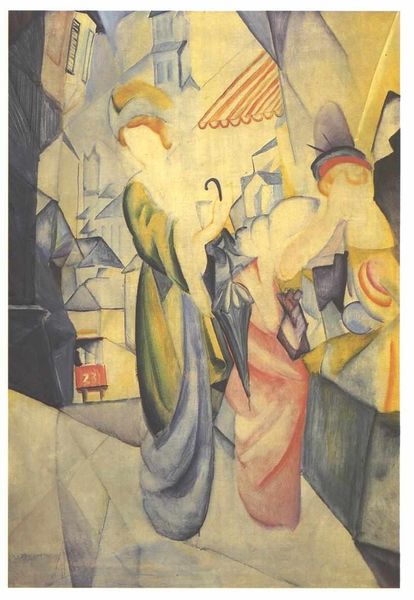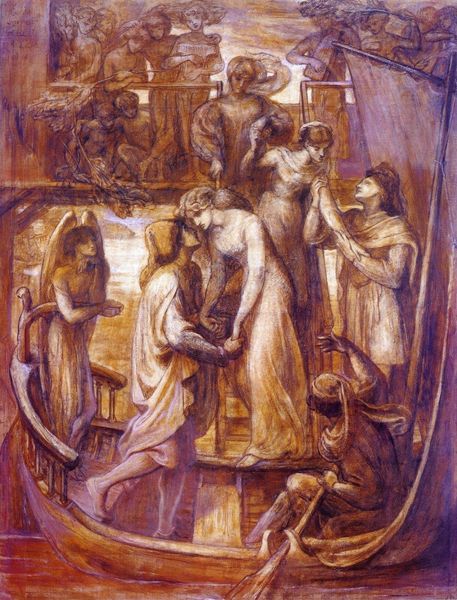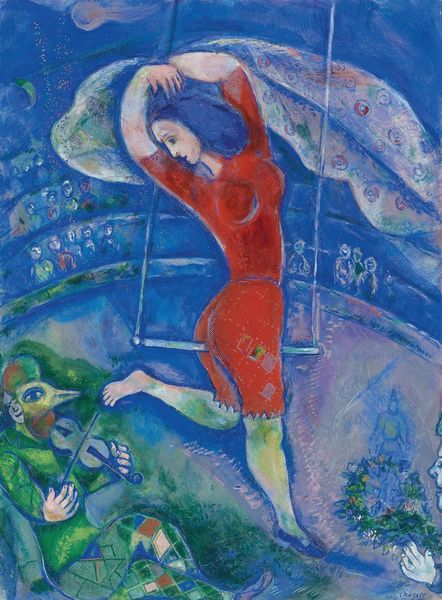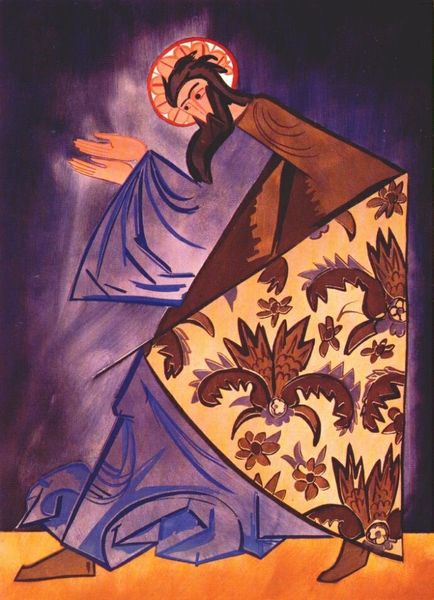
painting, oil-paint
#
figurative
#
painting
#
impressionism
#
oil-paint
#
neo-impressionism
#
landscape
#
figuration
#
genre-painting
Copyright: Public Domain: Artvee
Curator: Ah, Georges Seurat’s "Le Chahut," painted between 1889 and 1890. What strikes you first about it? Editor: It's frenetic, yet static all at once! The upward thrust of lines, the raised legs... a contained energy. Curator: Exactly. Seurat’s Neo-Impressionist technique, those meticulous dots of oil-paint, give a vibrating visual texture, but also feel incredibly planned, controlled. We must remember this was created during a boom in Montmartre’s entertainment industry; cabarets were all the rage. Editor: You’re right, it reflects that social milieu. I’m interested in how Seurat's pointillism creates a mass produced and anonymous aesthetic, almost like newsprint, hinting at the burgeoning entertainment industry churning out spectacles for mass consumption. Is it glorifying or critiquing this commodification? Curator: A superb question. Consider the labor. The dancers practicing endlessly. The musicians hunched over their instruments. The painstaking process of applying paint, point by point. This reflects the larger socio-economic structures in place, but the painting style itself reinforces this production mindset through its painstaking means. Editor: And look at the setting – the electric lighting fixtures mimicked in the painting and that vibrant blue outline around the composition creates such an arresting visual effect – a modern artificial theatrical stage – I would bet it had some connection to how consumerism has grown around the performances that can happen in those spaces. Curator: And that blue pushes our gaze inwards to this controlled chaos. The very performance becomes commodified. The raised leg is an act for profit and also for display, in ways not different to a manufactured product sold. Editor: Very perceptive. It makes you question the roles of both performers and audience within a capitalist economy and this relationship is embodied even in the materiality and presentation of “Le Chahut” in oil-paint form. Curator: This dialogue itself deepens my perception of the artwork and Seurat’s ability to connect to this burgeoning industrial production. Editor: I concur, viewing "Le Chahut" from a materialist perspective opens up an entirely new understanding of it as an art form shaped by industrial social consumption and modes of artistic creation.
Comments
No comments
Be the first to comment and join the conversation on the ultimate creative platform.
